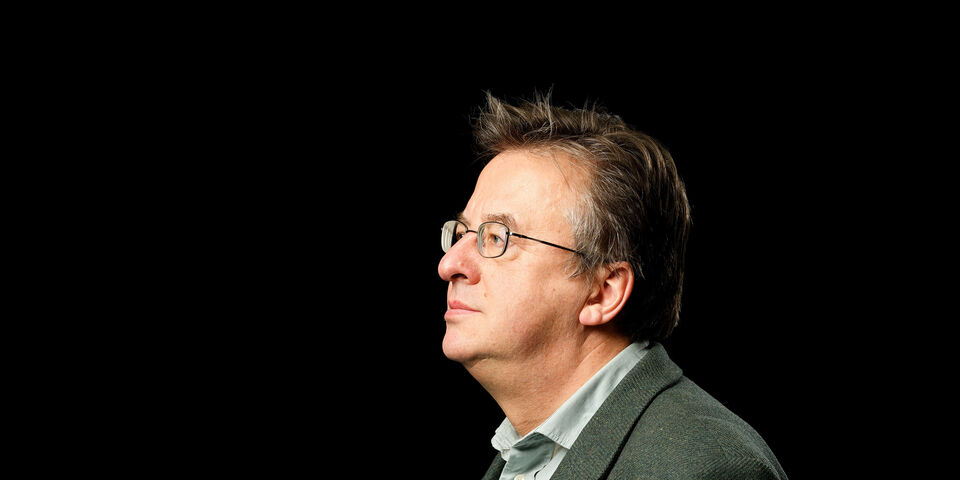Diversity? More than a buzz word!
When googling the word diversity (in English), I found 312,000,000 hits and was a bit disappointed. Would such a buzz word not get more search hits than that? Whatever the results, diversity has also hit the TU/e.
Since September last year our university has a Chief Diversity Officer (CDO), professor Eva Demerouti, but we also have the WISE (Women in Science) network, community-building strategists, cultural experts, student association COSMOS, Get in Touch, the Expat Spouse Initiative, TinT Eindhoven, a language policy, etc. And related concepts like adaptation, integration and inclusion are part of our daily lives.
But what is diversity? From a theoretical point of view, we often define diversity as demographic differences. It is not only about ethnicity and nationality, but also about physical, social, socio-economic, legal and political factors. Therefore, all categories of difference are equalized, and they appear as if they were created in the same way and had the same social implications and cultural impact. But this is only part of the story - so there is more to it.
We should also think of diversity as intersectional. This means everyone is part by multiple categories of difference creating a unique combination of dynamic layers and multidimensional shifting panels. We share or do not share identities, overlap or do not overlap in cultures, norms, values or practices. This plurality shapes how we perceive and are perceived.
Cognitive diversity
Diversity at TU/e means sharing our similar identities (e.g. education & research, academia, engineering) and also celebrating our differences (e.g. cultures and nationalities, gender, generations, various orientations). Recognizing our diversity first will eventually lead to inclusion and integration into our Community. This is what we can call the first level of diversity, the one on the surface.
But again there is more to it. There is indeed, a second, deeper level: cognitive diversity. It is about creating inclusive thinking and acting, i.e. recognizing and respecting our similarities and differences. Concretely, applying the international classroom concept in our education is a first step to managing diversity and creating inclusion, but in educating the engineer of the future, we also need to create and develop that other diversity.
Why? Because it brings about new ideas and perspectives, opens new horizons and can boost innovation. Studies show that cognitively diverse teams perform better and solve problems faster. Another study points out that the Millennials (i.e. our students) are more focused on cognitive diversity, as opposed to demographic diversity. Maybe this is data to consider for now and the years to come.
Finally, let’s always keep in mind that 'people and not cultures meet', as goes the title of a new book on Diversity Competence (E. Hoffman & A. Verdooren, Coutinho, 2018).


Discussie